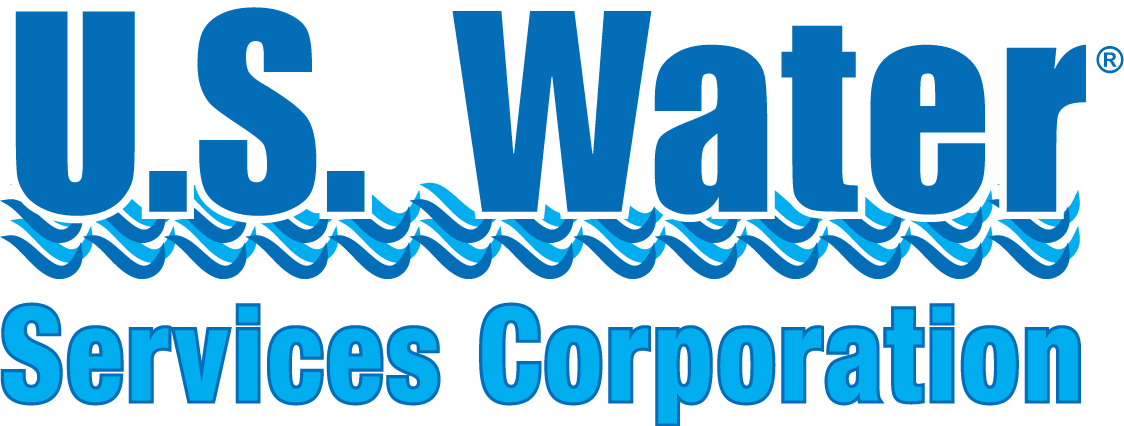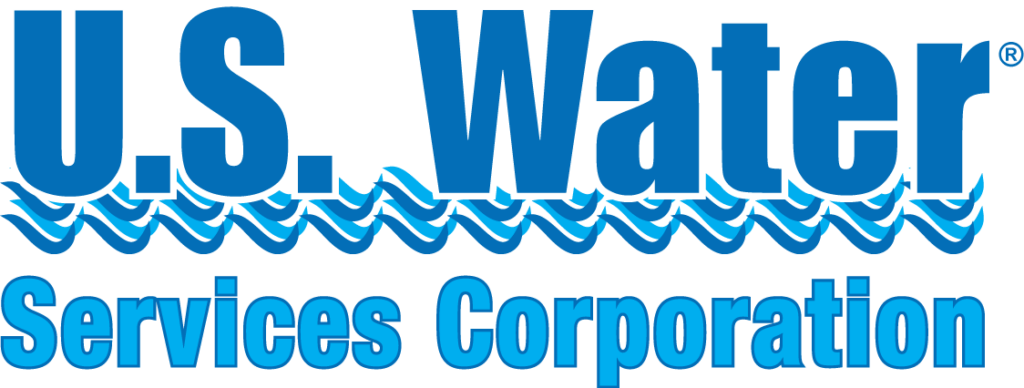Article originally published by the Oklahoma Rural Water Association, written by Carl Gray, Training Specialist with ORWA
Ears, Eyes, and Nose are important tools for troubleshooting operational problems. I have said this before and the truth of that was evident to a new operator this past Labor Day Weekend. My daughter, Alix Gray, recently went to work for USW Utility Group as an operator at the Chickasha Sewer Treatment Plant in Chickasha Oklahoma. She was to operate solo Labor Day Weekend. While performing normal operational duties, she was also asked to do some additional “sprucing up” in preparation for a site visit by one of the companies visiting managers the next week.
Disaster struck about 04:00 a.m. Saturday morning. Alix got a notification on the call out phone that the blowers were in alarm at the sewer plant. She responded and was on site within the hour. Meanwhile, I woke up at 05:30 and went to wake Alix and make her breakfast. You see, I am extremely proud of her and her new job, and have even gotten up and made her sandwiches and packed her lunch.
I was surprised to find no Alix. Her car was gone. I called, but my call went straight to voicemail. Then, about twenty minutes later she called me to tell me she had been called into the plant. She had already called her plant supervisor Debbie Segroves, the project manager with USW Utility Group. Ms. Segroves gave Alix directions of what systems to check at the plant and whom else to notify. Having known and worked with Ms. Segroves professionally for a number of years, I also placed a call to her and offered my assistance. After all, I do work for ORWA and helping water and wastewater systems is my part of my job. Ms. Segroves gladly accepted my offer of help.
I got the plant maybe fifteen minutes later. Alix let me in the gate and we commenced walking the plant. I had always preached to her the importance of a good operator using our senses to detect and troubleshoot operational problems. I got a chance to illustrate the importance of Ears as an effective tool when I stopped and asked her to listen. She cocked one eyebrow at me and quipped, “the generator is running”. Yup, this confirmed what Debbie Segroves had already guessed on the phone. The power had dropped a phase. Ms. Segroves had already called the power provider, PSO, and Alix had opened the gate to allow them egress upon arrival.
Another thing our ears noticed was lack of noise from the blower building. Even though the generator was running and all the outside lighting was on, the generator was not large enough to power the aeration blowers. This is a common occurrence in a sewer plant, if the plant cannot be aerated adequately and quickly, then flow must be diverted to a storm holding pond and brought back through the plant when power is restored.
The next sense that came into play was the sense of smell. Alix caught a whiff of chlorine odor. Not strong but nonetheless telling. When the chlorine feed was checked, no flow was going through the rotameter. Alix had checked all the connections with ammonia vapor as she had been trained but there was no chlorine leak. The faint chlorine odor was due to residual left in the lines once the vacuum regulator had shut down due to loss of water flow. We traced the water feed line and found a submersible pump in the chlorine contact basin. Alix reset the pump control and it began pumping, returning flow to the rotameter and allowing chlorine feed to resume.
Alix and I continued our walk through the plant meanwhile checking the cutouts on the drops from the power poles. Cutouts are the term I have always heard applied to the fuses on each leg. We found none that were blown. This is usually indicated by the bracket holding the fuse hanging down. The PSO lineman arrived and checked the cutouts and the electric meters. He showed us that on the meters, each power leg was represented by an A, B, or C designation. As long as the letters were displayed and steady, all three legs were good. He found a blown cut out off-site about a quarter mile down the road. His assumption was probably was a hoot owl landed in the wrong spot and shorted the line and popped the fuse. Anyway, he reset the fuse and power was restored to the plant.
We had used our eyes to check the cutouts, but Alix made the next discovery also with her eyes. As I was returning to the control room, she called me to tell me Clarifier Arm was not moving. She had gone to check the sludge blanket and observed the motor was not turning. About that time, the cavalry showed up in the form of Tim Anderson, USW Utility Group operator from the water treatment plant and Chance Moore, who was on-call maintenance.
Testing of the motor control system on the west clarifier showed a blown fuse. The fuse was replaced, the motor reset and another fuse was blown. When Tim checked the motor lead to ground the meter showed continuity; in other words, a direct short in the motor. The motor was exchanged with a spare motor and it still did not work. Further troubleshooting revealed a blown motor starter. About that time the electrician arrived that Ms. Segroves had called. The motor control was replaced and the plant was fully back online with no adverse effects to the treatment.
In summary, a real disaster was averted by sound observation of the operator utilizing sight, smell and hearing to properly diagnose the problems with the plant. And just as important was the coordinated effort of the USW Utility Group team to implement an emergency response plan to successfully coordinate, power provider, plant supervisor, maintenance, electrician and operator to provide treatment and protect the environment.




